Richard W. Boubel, Donald L. Fox, Bruce Turner, Arthur C. Stern9780121189303, 0-12-118930-9
Table of contents :
Contents……Page 8
PREFACE……Page 18
Part I: The Elements of Air Pollution……Page 22
I. Before the Industrial Revolution……Page 24
II. The Industrial Revolution……Page 25
III. The Twentieth Century……Page 29
IV. The 1980s……Page 35
V. The 1990s……Page 36
VI. The Future……Page 37
I. The Atmosphere……Page 40
II. Unpolluted Air……Page 41
III. Particulate Matter……Page 43
IV. Concepts……Page 50
I. Local……Page 56
II. Urban……Page 57
III. Regional……Page 58
V. Global……Page 59
4 Air Quality……Page 61
I. Averaging Time……Page 62
II. Cycles……Page 64
III. Primary and Secondary Pollutants……Page 65
IV. Measurement Systems……Page 68
V. Air Quality Levels……Page 69
I. Strategy and Tactics – The Air Pollution System……Page 82
II. Episode Control……Page 83
III. Air Quality Management Control Strategy……Page 87
IV. Alternative Control Strategies……Page 89
V. Economic Considerations……Page 91
I. General……Page 93
II. Combustion……Page 99
III. Stationary Sources……Page 102
IV. Mobile Sources……Page 112
V. Emission Inventory……Page 113
Part II: The Effects of Air Pollution……Page 118
7 Effects on Human Health and Welfare……Page 120
II. Total Body Burden……Page 122
III. The Human Respiratory System……Page 124
IV. Impact of Air Pollution on Humans……Page 127
V. Impact of Odor on Humans……Page 129
I. Injury versus Damage……Page 131
II. Effects on Vegetation and Crops……Page 133
III. Effects on Forests……Page 137
IV. Effects on Animals……Page 142
I. Effects on Metals……Page 147
II. Effects on Stone……Page 150
III. Effects on Fabrics and Dyes……Page 151
IV. Effects on Leather, Paper, Paint, and Glass……Page 153
V. Effects on Rubber……Page 154
I. The Physics of Visibility……Page 157
II. Formation of Atmospheric Haze……Page 165
III. Effects of Atmospheric Haze……Page 167
IV. Visibility……Page 169
V. Acidic Deposition……Page 170
VI. Effects of Acidic Deposition……Page 173
I. Global Warming……Page 177
II. Ozone Holes……Page 180
Part III: Measurement and Monitoring of Air Pollution……Page 184
I. Types of Atmospheric Chemical Transformations……Page 186
II. Role of Solar Radiation in Atmospheric Chemistry……Page 188
III. Gas-Phase Chemical Reaction Pathways……Page 189
V. Scavenging and Removal from the Atmosphere……Page 197
I. Elements of a Sampling System……Page 200
II. Sampling Systems for Gaseous Pollutants……Page 202
III. Sampling Systems for Particulate Pollutants and PM[sub(10)]……Page 207
IV. Static Sampling Systems……Page 210
V. Sampler Siting Requirements……Page 212
VI. Sampling for Air Toxics……Page 213
I. Analysis and Measurement of Gaseous Pollutants……Page 216
II. Analysis and Measurement of Particulate Pollutants……Page 224
III. Analysis and Measurement of Odors……Page 227
IV. Analysis and Measurement of Visibility……Page 229
V. Analysis and Measurement of Acidic Deposition……Page 230
I. Stationary Monitoring Networks……Page 237
II. Mobile Monitoring and Surveillance……Page 239
III. Remote Sensing……Page 242
IV. Quality Assurance……Page 243
V. Data Analysis and Display……Page 247
16 Air Pathways from Hazardous Waste Sites……Page 250
III. Contaminant Fate Analysis……Page 251
IV. Modeling……Page 258
Part IV: The Meteorology of Air Pollution……Page 262
I. Sun, Atmosphere System, and Heat Balance……Page 264
II. Stability and Instability……Page 271
III. Laws of Motion……Page 278
IV. Local Wind Systems……Page 283
V. General Circulation……Page 289
I. Ventilation……Page 296
II. Stagnation……Page 298
III. Meterological Conditions during Historic Pollution Episodes……Page 299
IV. Effects of Pollution on the Atmosphere……Page 305
V. Removal Mechanisms……Page 307
I. Wind Velocity……Page 312
II. Turbulence……Page 314
III. Estimating Concentrations from Point Sources……Page 317
IV. Dispersion Instrumentation……Page 327
V. Atmospheric Tracers……Page 333
VI. Concentration Variation with Averaging Time……Page 336
20 Air Pollution Modeling and Prediction……Page 341
I. Plume Rise……Page 342
II. Modeling Techniques……Page 345
III. Modeling Nonreactive Pollutants……Page 348
IV. Modeling Pollutant Transformations……Page 351
V. Model Performance, Accuracy, and Utilization……Page 353
I. Sources of Data……Page 366
II. Representativeness……Page 370
III. Frequency of Atmospheric Stagnations……Page 373
IV. Ventilation Climatology……Page 375
V. Wind and Pollution Roses……Page 378
Part V: The Regulatory Control of Air Pollution……Page 386
I. Air Quality Criteria……Page 388
II. Conversion of Effects Data and Criteria to Standards……Page 389
III. Conversion of Physical Data and Criteria to Standards……Page 394
IV. Conversion of Biological Data and Criteria to Standards……Page 397
V. Air Quality Standards……Page 398
I. Changing Times……Page 403
II. Factors Influencing Indoor Air Quality……Page 405
III. Indoor Air Pollutants……Page 406
IV. Effects of Indoor Air Pollutants……Page 409
V. Control of Indoor Pollutants……Page 410
24 The U.S. Clean Air Act Amendments of 1990……Page 416
II. Titles……Page 418
I. Subjective Standards……Page 429
II. Objective Standards……Page 431
IV. Variant Forms of Emission Standards……Page 432
V. Means for Implementing Emission Standards……Page 436
26 The Elements of Regulatory Control……Page 441
I. Control of New Stationary Sources……Page 442
II. Control of Existing Stationary Sources……Page 443
III. Control of Mobile Sources……Page 444
IV. Air Quality Control Regions……Page 445
V. Tall Stacks and Intermittent and Supplementary Control Systems……Page 446
I. Functions……Page 449
II. Organization……Page 452
III. Finance……Page 455
IV. Personnel……Page 457
V. Advisory Groups……Page 461
Part VI: The Engineering Control of Air Pollution……Page 466
28 Engineering Control Concepts……Page 468
II. Process Change……Page 470
III. Fuel Change……Page 471
IV. Pollution Removal……Page 472
V. Disposal of Pollutants……Page 474
VI. Pollution Prevention……Page 476
29 Control Devices and Systems……Page 481
II. Removal of Dry Participate Matter……Page 483
III. Removal of Liquid Droplets and Mists……Page 495
IV. Removal of Gaseous Pollutants……Page 498
V. Removal of Odors……Page 506
30 Control of Stationary Sources……Page 510
II. Energy, Power, and Incineration……Page 511
III. Chemical and Metallurgical Industries……Page 518
IV. Agriculture and Forest Products Industries……Page 530
V. Other Industrial Processes……Page 536
II. Gasoline-Powered Vehicles……Page 544
IV. Gas Turbines and Jet Engines……Page 547
V. Alternatives to Existing Mobile Sources……Page 548
II. Source Sampling……Page 553
III. Statistics of Sampling……Page 555
IV. The Source Test……Page 557
V. Source Monitoring……Page 568
A……Page 576
B……Page 578
C……Page 579
E……Page 581
F……Page 582
G……Page 583
H……Page 584
K……Page 585
M……Page 586
N……Page 587
P……Page 588
R……Page 590
S……Page 591
T……Page 593
V……Page 594
Z……Page 595

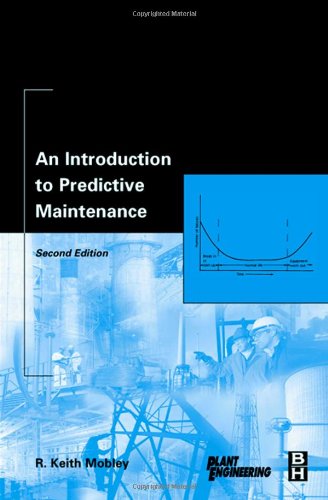
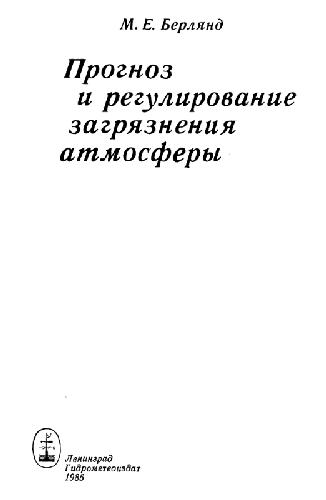

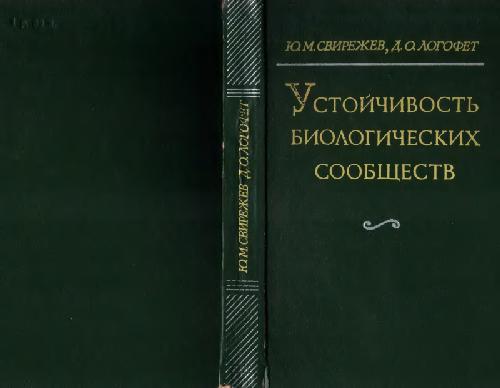
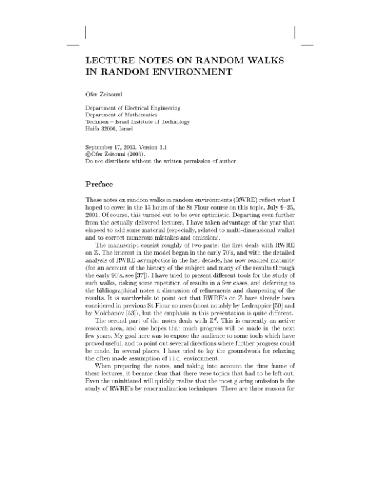
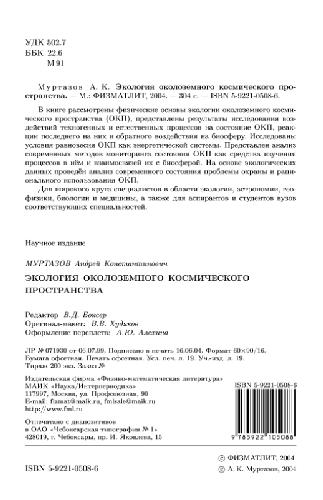
Reviews
There are no reviews yet.